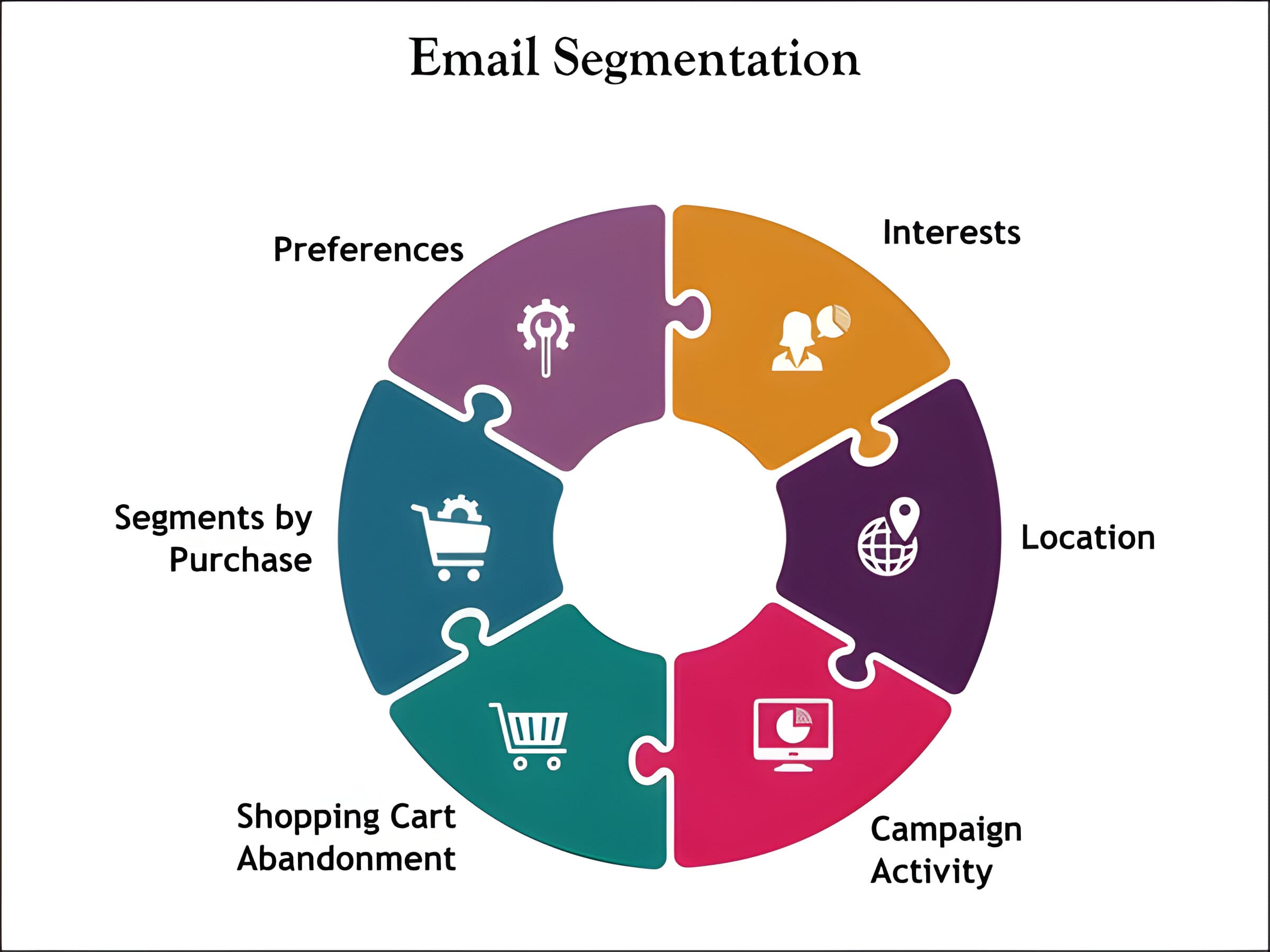Email segmentation means that the total email list is divided into smaller lists of recipients who are similar in some way. This makes it possible to send every email subscriber only the most relevant information. Rather than just blasting out the same message to all of your subscribers, you can segment and personalize content. By being more specific, you enhance the click-through rate, open rates, and conversion. There is a close relationship between segmentation and increasing the effectiveness of email marketing, especially for companies that use sales engagement tools.
If you divide your list into more specific categories, you can easily send segmental and more meaningful messages. This makes it easier to convert the Outreach lead generation into real customers. On this note, Let’s get to five segmentation techniques that can help you improve your email marketing.
5 Email Segmentation Strategies
Segment by Demographics
The most basic form of segmentation that you can use to categorize your email subscribers is demographic segmentation. Demographic segmentation focuses on characteristics like age, gender, income, occupation, etc. For instance, B2B companies may have chosen target industries or company sizes. B2C brands could be targeting ages or demographics or interests. That’s where segmentation and personalization come into play and can make your cold email outreach much more interesting.
Segment by Behavior
The next type of segmentation is behavioral segmentation which looks at the actions of the subscribers with your emails. Did they read the previous emails? Have they clicked on certain links? Are they frequent buyers? These actions are very helpful to know about their interests and intentions. When you segment your email list on the basis of behavior, you can follow up with more targeted emails. For instance, a user who has clicked more on blog content may be interested in more informative content. This way, it enhances the productivity of the ‘sales engagement tools’ and increases the engagement rates.
Segment by Purchase History
Segmenting your email list according to the last time a prospect bought from you can also contribute to the effectiveness of an email outreach platform in converting leads. For businesses especially the e-commerce or B2B lead generation software users, segmentation by purchase history is crucial. Repeat buyers are definitely not the same as potential buyers. If you can recognize the repeat customers then you can send them more targeted product suggestions. Also, the cold leads who have not made a purchase will get the nurturing emails to create trust and lead them to the first purchase.
Segment by Geographic Location
Another great way is geographic segmentation, particularly if your consumers are located in different parts of the world. You can segment the emails based on the time zone, based on the season, or based on other regional preferences. This is especially good for multinational corporations or those organizations that wish to convey different information to various areas.
Segment by Email Engagement
It’s important to understand that not all your subscribers will have the same behavior towards your emails. Some may read and click through every email while others may do it very rarely. So, depending on the level of engagement of your audience, you can target them accordingly. Very active users may get some perks or promotions or have a first look at new items. The users who are relatively less active can be sent re-engagement campaigns in an attempt to get them back on board
How Can SendEngage.io Help You Get Better Results?
Using SendEngage.io, companies can easily implement segmentation in their email marketing campaign. The platform enables you to send automated targeted campaigns based on customer’s information. This way, with the help of this email outreach platform, you can establish particular tracking metrics, such as behavioral, engagement, or demographic ones.
Another great thing about SendEngage.io is its capability to handle cold email campaigns. You can easily set up a personalized cold email sequence for a certain segment of your audience. Whether you are sending messages to brand new leads, or following up with the leads you already have, automation makes it easier to get the job done.
For businesses that employ B2B lead generation software, the platform contains powerful analysis features for tracking campaign results. This helps you fine-tune your segmentation strategies and enhance the overall reach of the messages you send out.
Conclusion
Email segmentation is a technique that any business looking to enhance its marketing outcome should consider. With the ability to categorize your audience, you can then send specific and relevant messages to your selected group. This approach not only enhances engagement but also enhances conversions, leading to more business.
The five strategies we have discussed in this article: demographics, behavior, purchase history, geography, and email activity—should form the foundation of any company’s approach to this kind of analysis. These strategies are effective and SendEngage.io can help you execute these strategies in a more organized manner. Try using SendEngage.io today and improve your email marketing and your lead generation for your outreach.

